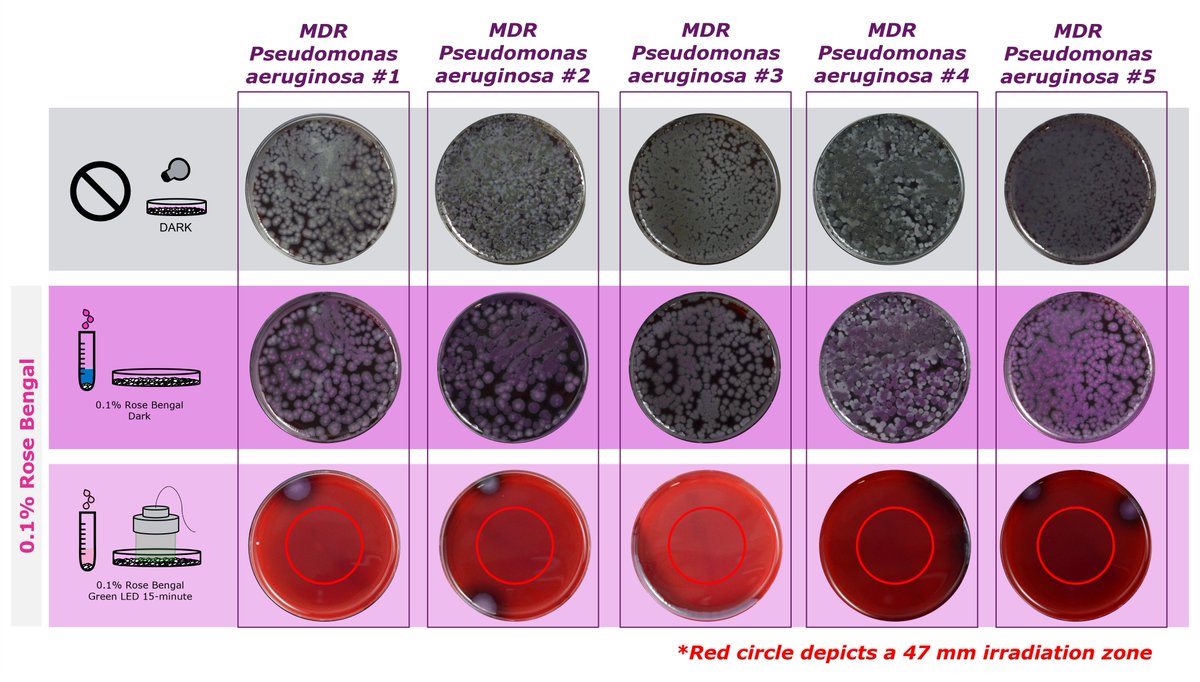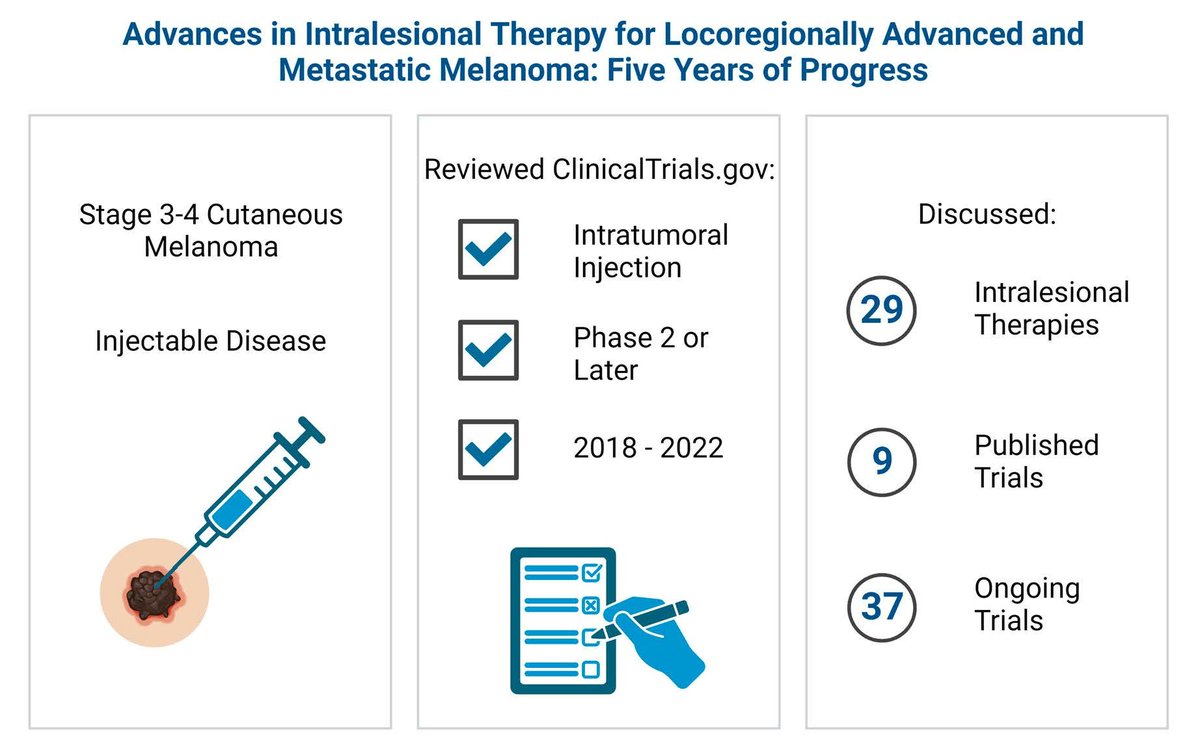1/ $PVCT’s Modernized #SmallMolecule #RoseBengal: A #DrugSubstance, and #ActivePharmaceuticalIngredient for 21st Century #DrugDevelopment. A THREAD.
2/ “Everyone” seems to know or understand #RoseBengal, but do they (you) really?
3/ #RoseBengal is a small molecule (i.e., <1,000 Daltons*), but a “heavy” one at 973.67 Da or g/mol. It is heavy because of its four iodides, which comprise 52% of its molecular weight.
4/ * The unit of measure of Dalton (also known as an atomic mass unit) is named after John Dalton, the English chemist, physicist and meteorologist. It was not named after John Dalton, the professional “cooler” in Road House. .
5/ #RoseBengalSodium, $PVCT’s lead #HalogenatedXanthene, “weighs” 1,017.64 da. ~50% of its molecular weight is accounted for by its four iodides.
6/ As a small molecule, #RBS appears to violate only Lipinski’s rule of five’s molecular weight criterion of <500 Da. It is important to note the molecular structural “oddity” of #RoseBengalSodium’s halogens.
7/ Rudolph Ghenm first “invented” #RoseBengal in 1882 (late-19th century), calling it rose bengale and having two iodides as part of its molecular structure.
8/ Some years later, newer version rose bengale II came along, possessing four iodides. With four iodides, #RoseBengal is the commercial-grade version that most everyone (e.g., industry, researchers, etc.) knows today.
9/ #RoseBengal is one of a number of coal tar dyes, or artificial coloring agents (contrasted with organic-based dyes). Synthetic dyestuffs transformed the German dye industry in the late-19th century.
10a/ Dyestuffs were an integral part of the emergence of pharmaceutical science, and the pharmaceutical industry, in the late-19th and early-20th century (e.g., Bayer, Sandoz [which merged with Ciba to form Novartis], Pfizer, etc.). cen.acs.org/articles/83/i2….
10b/ “Postulated by Paul Ehrlich in 1906 following more than a decade of research, the concept that synthetic chemicals could selectively kill or immobilize parasites, bacteria, and other invasive disease-causing microbes would eventually drive a massive industrial research… twitter.com/i/web/status/1…
10c/ Paul Ehrlich: ncbi.nlm.nih.gov/pmc/articles/P…. #SyntheticChemotherapy. #TargetedTherapy. #Salvarsan.
11/ “In a sense, the pharmaceutical industry has been working with a surprisingly repetitive set of compounds. “Most drugs are really German dyes,” says Brent Stockwell, a scientist at the MIT-affiliated Whitehead Institute for Biomedical Research. That’s forbes.com/2001/11/15/111…… twitter.com/i/web/status/1…
12/ Dyestuffs used to be the bread and butter of the global pharmaceutical industry.
13/ Biologics have been and are now, perhaps more than ever, for honest medical scientific as well as cynical financial reasons, the “rage” of drug development.
14/ #RoseBengalSodium, via intratumoral delivery (in terms of $PVCT’s current clinical-stage datasets), may mount a precise, personalized immune response in cancer patients. Yet, #RBS is not immunogenic in that it does not itself produce an immune response, and does not provoke… twitter.com/i/web/status/1…
15/ Lots or most (maybe all) of #RoseBengal’s molecular knowledge and understanding (e.g., structure, formula, stoichiometry, etc.) has been lost to time over the last 140+ years.
16/ That knowledge, however, resides in $PVCT with Dr. Eric Wachter and PRH.
17/ For purposes of this Tweetstorm, some historical context: A group of stockholders (PRH) entered into a Definitive Financing with $PVCT in 2017: prnewswire.com/news-releases/….
18a/ As $PVCT noted in its Form 10-Q for the quarter ending September 30, 2022: sec.gov/ix?doc=/Archiv….
18b/ PVCT’s proprietary, patented, pharmaceutical-grade #RoseBengalSodium is the active pharmaceutical ingredient in the drug product candidates of our current clinical development programs and the preclinical formulations of our current drug discovery programs. Importantly, our… twitter.com/i/web/status/1…
18c/ $PVCT believes that #RoseBengalSodium targets disease in a bifunctional manner. First, direct contact may lead to cell death or repair depending on the disease being treated and the concentration of the #RBS utilized in the treatment. Secondly, multivariate immune signaling,… twitter.com/i/web/status/1…
18d/ $PVCT believes that it is the first entity to advance a #RoseBengalSodium formulation into clinical trials for the treatment of a disease, such as those trials reported on the clinical trials registry ClinicalTrials.gov.
18e/ $PVCT believes that it is the first and only entity to date to successfully, reproducibly, and consistently make pharmaceutical-grade RBS at a purity of nearly 100%.
18f/ $PVCT’s small molecule #HalogenatedXanthene medical science platform comprises a number of different drug product candidates and preclinical pharmaceutical-grade #RoseBengalSodium formulations using different concentrations and delivered by different routes of administration… twitter.com/i/web/status/1…
19a/ $PVCT’s pharmaceutical-grade #RoseBengalSodium resulted from our innovation of a proprietary, patented, commercial-scale process to synthesize and utilize the RBS molecule into a viable #ActivePharmaceuticalIngredient for commercial pharmaceutical use; the development of… twitter.com/i/web/status/1…
19b/ $PVCT’s drug substance and drug product candidate manufacturing processes employ Quality-by-Design principles, #currentGoodManufacturingPractice regulations, and the guidelines of The International Council for Harmonization (ICH) of Technical Requirements for Pharmaceuticals… twitter.com/i/web/status/1…
19c/ $PVCT’s processes of synthesizing the #RoseBengalSodium molecule into pharmaceutical-grade #RBS and manufacturing RBS drug substance and intralesional/intratumoral PV-10 drug product candidate, the processes’ #CMC specifications, and the CMC data from the production of… twitter.com/i/web/status/1…
20a/ The #RoseBengalSodium name for $PVCT’s pharmaceutical-grade API was selected by and passed the review of the #WorldHealthOrganization (#WHO) Expert Advisory Panel on the International Pharmacopoeia and Pharmaceutical Preparations after we applied for the non-proprietary name… twitter.com/i/web/status/1…
20b/ The aim of the #INN system since inception has been to provide health professionals with a unique and universally available designated name to identify each pharmaceutical substance or #API, according to the #WHO. The existence of an international nomenclature, in the form… twitter.com/i/web/status/1…
20c/ Of course, you’d think that the WHO and Chemical Abstract Services would recognize that #RoseBengalSodium has two sodiums (2 Na’s) on its molecular structure, but we digress… #LostKnowledge.
21a/ Prior Medical Diagnostic Use of Rose Bengal.
22b/ FDA-Approved Liver Diagnostic Use. In 1971, 131I rose bengal (Robengatope® [rose bengal sodium 131I injection USP]) was approved by the FDA (NDA 016224) for use as a diagnostic aid to determine liver function. In 2009, manufacturer Bracco Diagnostics Inc. withdrew… twitter.com/i/web/status/1…
22c/ Historic Ophthalmic Diagnostic Use. In 1974, Barnes-Hind Pharmaceuticals, Inc. (“Barnes-Hind”) introduced a medical device product of 1% rose bengal in an aqueous solution for the diagnosis of corneal injury, diagnosis of keratitis, keratoconjunctivitis, and sicca, and… twitter.com/i/web/status/1…
23a/ Non-Pharmaceutical Grades of Rose Bengal.
23b/ Commercial-Grade. This material may be purchased from specialty chemical suppliers in the U.S. and from other parts of the world; however, the Company believes that the material itself is almost exclusively made in China and India under non-#cGMP conditions. Commercial-grade… twitter.com/i/web/status/1…
23c/ $PVCT believes that commercial-grade rose bengal is still manufactured using the historical process (or a variant thereof) that was developed by the synthetic molecule’s Swiss creator Rudolph Gnehm in 1882. Some manufacturers may, however, apply purification techniques that… twitter.com/i/web/status/1…
23d/ Diagnostic-Grade. $PVCT coined this phrase to describe non-approved rose bengal that is used as an ingredient in historical or current ophthalmic solutions and strips, has been historically or is presently compounded by pharmacists for ophthalmic use, and has been or is in… twitter.com/i/web/status/1…
23e/ $PVCT presumes, but has not yet confirmed, that diagnostic-grade rose bengal is derived from commercial-grade rose bengal that may have undergone a form of purification and/or may have been compounded under #cGMP regulations by a pharmacist, academic medical researcher, or… twitter.com/i/web/status/1…
23f/ Chemical Analytical Comparison. In the first quarter of 2022, $PVCT began work with a U.S. contract development and manufacturing organization to rigorously and methodically assess three lots of commercial-grade rose bengal, one each from three different specialty chemical… twitter.com/i/web/status/1…
24a/ Potential Barriers to Entry
24b/ $PVCT believes that the Company’s proprietary, patented, pharmaceutical-grade #RoseBengalSodium possesses several competitive advantages over non-pharmaceutical-grades of rose bengal that researchers, clinicians, and academic, business, and/or governmental competitors have… twitter.com/i/web/status/1…
24c/ $PVCT believes that historical and potentially hazardous impurities and other manufacturing and handling issues facing non-pharmaceutical-grades of rose bengal may pose significant scientific, technological, and economic challenges to overcome and validate for compliance… twitter.com/i/web/status/1…
25/ All of this notwithstanding, the onus remains on $PVCT to show that #RoseBengalSodium medical science “works.” THREAD END.
@threadreaderapp unroll
• • •
Missing some Tweet in this thread? You can try to
force a refresh









